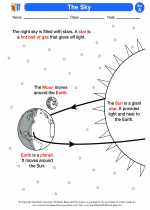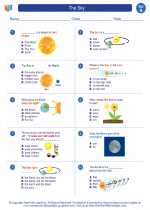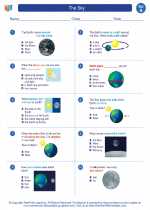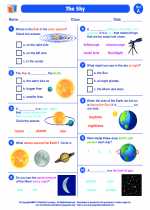Stormy Weather
Stormy weather refers to any weather conditions that involve strong winds, heavy rain, thunder, lightning, and sometimes hail. These conditions are often associated with specific types of storms, such as thunderstorms, hurricanes, typhoons, and tornadoes. Let's explore some of the key characteristics and effects of these stormy weather conditions.
Thunderstorms
Thunderstorms are characterized by the presence of thunder and lightning, often accompanied by heavy rain and strong winds. These storms can develop rapidly and are common in many parts of the world. Thunderstorms can also lead to flash floods and sometimes hail, which can cause damage to property and crops.
Hurricanes and Typhoons
Hurricanes and typhoons are powerful tropical storms that form over warm ocean waters. These storms are characterized by strong winds, heavy rainfall, and storm surges that can cause widespread destruction along coastlines. The most intense hurricanes can cause catastrophic damage to infrastructure and have a significant impact on human populations.
Tornadoes
Tornadoes are violent windstorms characterized by a twisting, funnel-shaped cloud. These storms can cause severe damage to buildings and landscapes, and are capable of producing winds exceeding 200 miles per hour. Tornadoes are often associated with thunderstorms and can occur in many parts of the world, but are most commonly observed in the central United States.
Study Guide
- What are the key characteristics of thunderstorms?
- How do hurricanes and typhoons form, and what are their effects?
- What are tornadoes, and where are they most commonly observed?
- What are some safety precautions to take during stormy weather conditions?
- How do stormy weather conditions impact the environment and human populations?
Understanding stormy weather conditions is important for staying safe and prepared during severe weather events. By learning about the characteristics and effects of thunderstorms, hurricanes, typhoons, and tornadoes, we can better understand how to protect ourselves and our communities during stormy weather.
.◂Science Worksheets and Study Guides First Grade. The Sky

 Activity Lesson
Activity Lesson
 Worksheet/Answer key
Worksheet/Answer key
 Worksheet/Answer key
Worksheet/Answer key
 Worksheet/Answer key
Worksheet/Answer key
 Worksheet/Answer key
Worksheet/Answer key
 Vocabulary/Answer key
Vocabulary/Answer key
